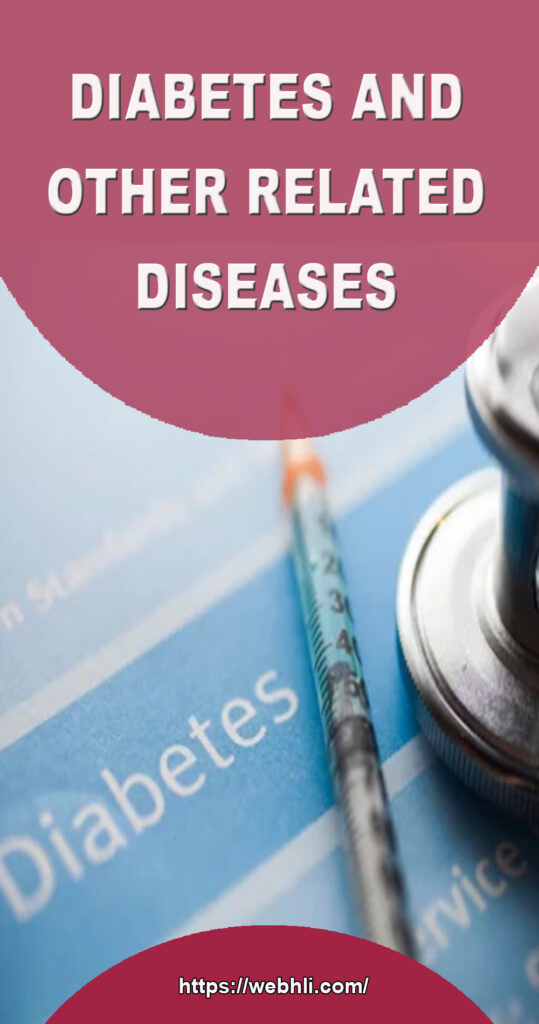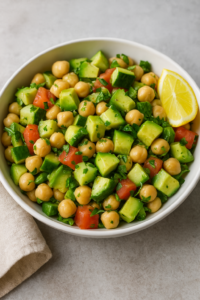
It was actually hard for me to come up with something so exciting to talk about (yeah, right...). However, I do believe that it is important to give the basic information and understand in more detail what causes obesity in this day and age. I will not write this article like a medical encyclopedia and bore you to tears like many other books out there. I will make it user-friendly, and of course, a bit more sarcastic. However, for you to understand the rest of the information, you will need to bear with me and keep on reading.
Check out these related articles, too:
What Is Diabetic Gastroparesis?
Healthy Lifestyle Tips For Type 2 Diabetes
Does protein increase blood glucose levels?
How Does Diabetes Affect My Teeth and Gums?
What is the best way to manage diabetes?
Let's start by explaining what "hypoglycemia" is.
"Glucose", a type of sugar, is the body's main fuel. Hypoglycemia, or low blood sugar, occurs when blood levels of glucose drop too low to fuel the body's activities.
Carbohydrates (sugars and starches, explained later in the book) are the body's main dietary sources of glucose. During digestion, the glucose is absorbed into the blood stream (hence the term "blood sugar"), which carries it to every cell in the body. Unused glucose is
stored in the liver as glycogen.
Hypoglycemia can occur as a complication of diabetes, as a condition in itself, or in association with other disorders.
The normal range for blood sugar is about 60 mg/dl (milligrams of glucose per deciliter of blood) to 120 mg/dl, depending on when a person last ate. In the fasting state, blood sugar can occasionally fall below 60 mg/dl and even to below 50 mg/dl and not indicate a serious abnormality or disease. This can be seen in healthy women, particularly after prolonged fasting. Blood sugar levels below 45 mg/dl are always associated with a serious abnormality. Most of us will not let the levels reach that low. You will feel dizzy, cranky, and have low energy. I don't recommend socializing in this state - you might make more enemies than friends.
Your body works with you to level the blood sugar and avoid going into shock. The amount of glucose in the blood is controlled mainly by the hormones insulin (secreted by the pancreas) and glucagon. Too much or too little of these hormones can cause blood sugar levels to fall too low (hypoglycemia) or rise too high (hyperglycemia). Other hormones that influence blood sugar levels are cortisol, growth hormone, and catecholamine (epinephrine and norepinephrine). Isn't this too technical for you? It is for me!
The pancreas, a gland in the upper abdomen, produces insulin and glucagon. The pancreas is dotted with hormone-producing tissue called the Islets of Langerhans, which contain alpha and beta cells. When blood sugar rises after a meal, the beta cells release insulin. The insulin helps glucose enter body cells, lowering blood levels of glucose to the normal range. When blood sugar drops too low, the alpha cells secrete glucagon. This signals the liver to release stored glycogen and change it back to glucose, raising blood sugar levels to the normal range. Muscles also store glycogen that can be converted to glucose. For those with different levels of diabetes, injection of insulin is important since the pancreas doesn't work properly. Since insulin controls the blood sugar level in your body, it's required so it won't affect other organs in your body.
What Are the Symptoms for Those Suffering from Hypoglycemia?
A person with hypoglycemia may feel weak, drowsy, confused, hungry, and dizzy. Paleness, headaches, irritability, trembling, sweating, rapid heartbeat, and a cold, clammy feeling are also signs of low blood sugar. In severe cases, a person can lose consciousness and even lapse into a coma.
The symptoms associated with hypoglycemia are sometimes mistaken for symptoms caused by conditions not related to blood sugar. For example, unusual stress and anxiety can cause excess production of catecholamine, resulting in symptoms similar to those caused by hypoglycemia but that are not related to blood sugar levels.
You must be wondering what the relation is between hypoglycemia and diabetes?
The most common cause of hypoglycemia is a complication of diabetes. Diabetes occurs when the body cannot use glucose for fuel because either the pancreas is not able to make enough insulin or the insulin that is available is not effective. Consequently, glucose builds up in the blood instead of getting into body cells.
The aim of the treatment of diabetes is to lower high blood sugar levels. To do this, people with diabetes may follow a specific diet to control glucose intake or use insulin or oral drugs, depending on the type of diabetes they have or the severity of their condition. Hypoglycemia occurs most often in people who use insulin to lower their blood sugar. All people with type I diabetes and some people with type II diabetes use insulin. People with type II diabetes that take oral drugs are also vulnerable to low blood sugar episodes.
Conditions that can lead to hypoglycemia in people with diabetes include taking too much medication, missing or delaying a meal, eating too little food for the amount of insulin taken, exercising too strenuously, drinking too much alcohol, or any combination of these factors. People who have diabetes often refer to hypoglycemia as an "insulin reaction".
Because they are attuned to their symptoms, people with diabetes can usually recognize when their blood sugar levels are dropping too low. They can treat the condition quickly by eating or drinking something with sugar in it such as candy, juice, or non-diet soda. People with type I diabetes are most vulnerable to severe insulin reactions which can cause loss of consciousness. A few patients with long-standing insulin-dependent diabetes may develop a condition known as hypoglycemia unawareness in which they have difficulty recognizing the symptoms of low blood sugar. For emergency use for patients with type I diabetes, physicians often prescribe an injectable form of the hormone glucagon. A glucagon injection quickly eases the symptoms of low blood sugar, releasing a burst of glucose into the blood. Emergency medical help may be needed if the person does not recover within a few minutes after treatment for hypoglycemia. A person suffering a severe insulin reaction may be admitted to the hospital so that the blood sugar level can be stabilized.
People with diabetes can reduce or prevent episodes of hypoglycemia by monitoring their blood sugar levels frequently and learning to recognize the symptoms of low blood sugar and the situations that may trigger it. They should consult their health care providers for advice about the best way to treat low blood sugar. Friends and relatives should know about the symptoms of hypoglycemia and how to treat it in case of an emergency.
10 Simple Food Concepts Every Person Living With Diabetes Should Know
Making Cheesecake For Diabetics
Enjoy the Taste and Benefits of Diabetic Foods
Will The Mulberry Leaf Help Your Diabetes?
The best way to control hypoglycemia is through a diet similar to that used to control diabetes: a reduction in simple sugars, a large intake of complex carbohydrates, and frequent meals. Candy, sodas, and even fruit juices (which manufacturers often sweeten with lots of sugar) all are high in sugar and should be avoided, or only on extreme circumstances, as mentioned above. Foods that are high in soluble dietary fiber slow carbohydrate absorption and help prevent fluctuations in blood sugar levels. For some, fruits may also be a good addition as fructose - the natural sugar in most fruits - does not require insulin to be absorbed into the body cells.
Also recommended is an increase in meal frequency. Eating more than three meals per day helps maintain blood sugar levels and prevent the onset of hypoglycemic symptoms. The menu below is a one-day meal plan that puts these hypoglycemia guidelines into action.
Breakfast
1 cup of hot whole grain cereal like oatmeal or oatbran
1 slice of whole wheat bread
1 piece of fruit
Mid Morning Snack
1 slice of slice of whole wheat bread and celery sticks
Lunch
Salad with uncooked vegetables, beans (chickpeas, kidney beans, etc.), sunflower seeds, and a non-fat dressing
1 slice whole wheat bread
1 piece of fruit (strawberries or raspberries are preferable)
Snack
4 crackers (preferably whole wheat)
1 piece of fruit
Dinner
1 cup brown rice or pasta or 1 large baked potato
1/2 cup beans or tofu
1 to 2 cups cooked vegetables (good source of fiber)
Snack
1 to 2 pieces of fruit
Dan Amzallag
http://www.proaceintl.com
Publishing group
Mission Possible: How to eradicate obesity related disease in America
Article Source: http://EzineArticles.com/1485495



 Protected by Patchstack
Protected by Patchstack